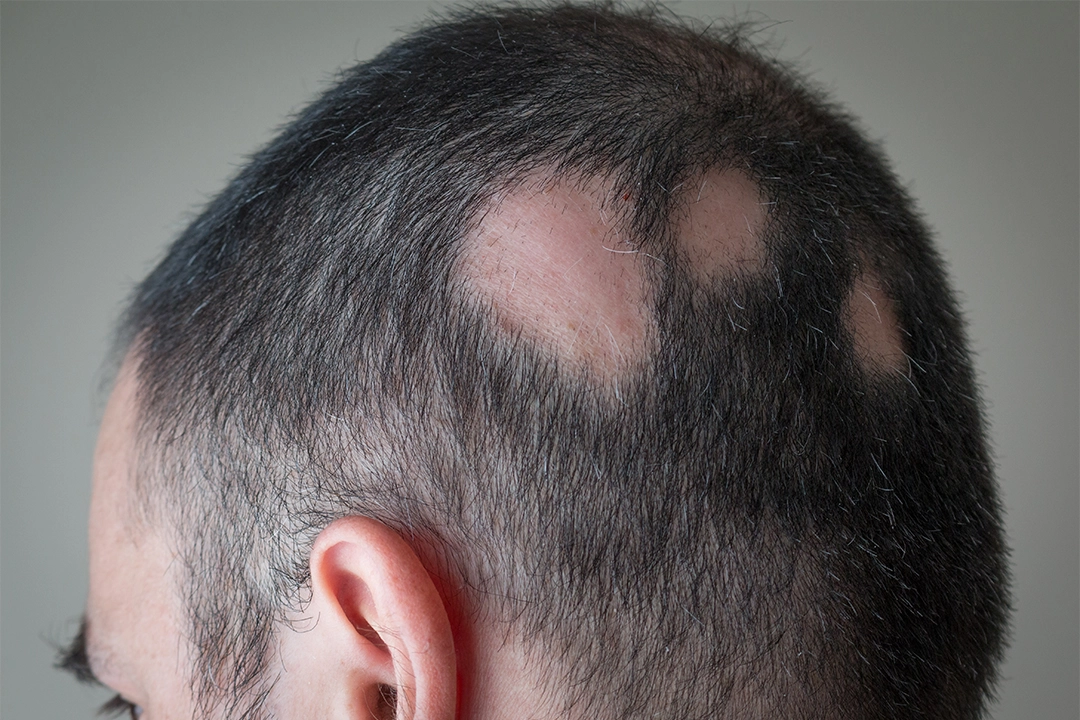If you think that hair transplantation is a plastic surgery applied only for bald men, you are very wrong. This procedure isn’t just for middle-aged men. Every year, more and more women are considering a hair transplant. Permanent hair loss is not just a problem for men. The only and most effective solution to the problem of permanent hair loss, which affects both women and men worldwide, is hair transplantation.
There are many factors that cause hair loss. The most decisive is genetic transmission. However, from lifestyle to stress; Many factors, from diet to chronic diseases, can trigger hair loss. There are also those who experience permanent hair loss as a result of accidents and traumas that affect the scalp and cause damage to the hair follicles. We refer to this group as cases of burn alopecia. The hair transplant procedure is also a saving solution option for burn victims. The burn case does not only cover the cases where the scalp is damaged due to reasons such as fire, boiling water or hot oil. There are many people who experience irreversible hair loss due to traffic accidents. When it comes to burn cases, hair transplantation; it ceases to be a cosmetic procedure applied only to fill the visual gap created by thinning hair strands. Burn alopecia is becoming a medical necessity that needs to be corrected.
What is Hair Transplantation?
Hair transplantation is a surgical procedure in which hair follicles taken from a certain part of the body are transplanted to bald areas. Although it is often preferred to compensate for hair loss; It can also be applied in the restoration of eyebrows, eyelashes, beard and chest hair. Today, the starting point of hair transplant surgeries, which are mostly preferred and associated with aesthetic reasons, is actually burn cases. Hair transplantation in the first place; It was applied to repair the damage caused by car and burn accidents. Hair transplant operations performed in burn cases and with good results; This has led to the widespread use of this procedure as an aesthetic and cosmetic treatment.
Which Technique Should be Performed in Hair Transplantation in Burnt Cases?
Over time, along with technology, hair transplantation techniques have also changed and progressed. Hair transplant surgeries were initially performed with the FUT technique. FUT technique; It is applied in the form of taking a strip of hair from the donor area, dividing it into small grafts containing one or two hairs and transplanting it to the recipient area. FUT, which is a more arduous option in terms of both the visual results it offers and the healing process, has left its place to the less invasive FUE technique with the updated technology. FUE hair transplantation is a technique performed by collecting hair follicles from the donor area one by one with a punch device and transplanting them one by one to the recipient area. Since the hair follicles are not removed in strips and collected one by one, the worry of scarring in the donor area is eliminated. The degree of damage to the scalp becomes important and determines which technique will be applied for burn cases . Although FUE is considered to be a more advantageous and contemporary method, it may sometimes be necessary to apply the FUT technique for severe burns.
Does Hair Transplantation Offer a Definite Solution for Burn Cases?
Successful and satisfactory results of hair transplantation depend on the following conditions:
- An experienced hair transplant specialist
- A well-equipped clinic or hospital
- Appropriate technology
No procedure is definitive. These three items are the factors that increase the success of hair transplantation. Burn case hair transplantation is a subject that requires a little more precision. With today’s technology, the visual grievances of many burn cases with damaged scalp can be successfully eliminated by hair transplant surgeries.

